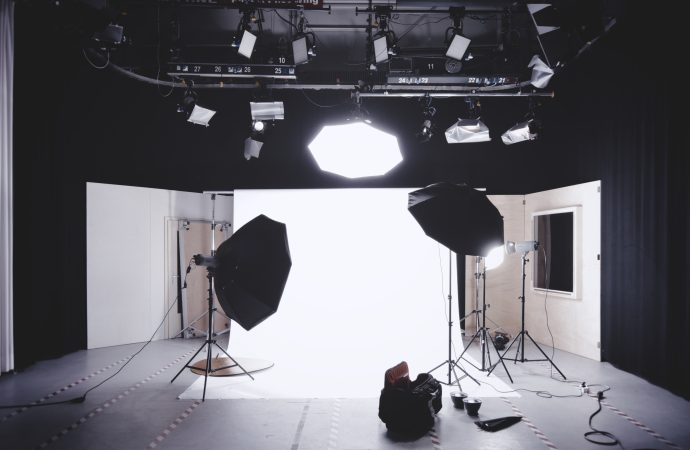In a world grappling with numerous social and humanitarian challenges, the creative arts have emerged as powerful tools for social empowerment and catalysts for change. From paintings and sculptures to music, literature, and digital media, artists across the globe are harnessing their talents to address pressing issues and shape a more inclusive and compassionate society.
In a world grappling with numerous social and humanitarian challenges, the creative arts have emerged as powerful tools for social empowerment and catalysts for change. From paintings and sculptures to music, literature, and digital media, artists across the globe are harnessing their talents to address pressing issues and shape a more inclusive and compassionate society. In this article, we delve into the transformative power of art and explore how it is being used to drive positive social impact.
The notion of art as a catalyst for change is not a new concept. Throughout history, artists have embraced their role as visionaries, challenging the status quo and sparking conversations on topics ranging from human rights and equality to environmental preservation and mental health. However, the recent surge in social awareness, coupled with technological advancements, has amplified the reach and impact of creative endeavors like never before.
Artists, both established and emerging, are increasingly using their platforms to shed light on social inequalities, discrimination, and marginalization. By translating complex narratives into visually compelling works, they engage the public on a profound emotional level, prompting reflection, empathy, and action. The power of art lies in its ability to transcend language barriers and cultural boundaries, making it a universal language that resonates with people from diverse backgrounds.
One striking example of art’s potential to effect change is the mural project initiated by local artist collective, Brushes of Hope. Comprising artists from various backgrounds, they partnered with a disadvantaged community to transform abandoned walls into vibrant murals depicting stories of resilience, hope, and unity. By involving the community in the creation process, the project not only revitalized the neighborhood but also fostered a sense of ownership and pride among its residents.
In addition to highlighting social issues, art can also serve as a platform for dialogue and healing. Collaborative art installations, such as the “Threads of Connection” exhibit, bring together individuals affected by conflict or trauma. Through the collective creation of textile art, participants find solace, share their experiences, and build bridges of understanding. The resulting artworks not only tell powerful stories but also serve as powerful reminders of the human capacity for resilience and reconciliation.
The digital age has opened up new frontiers for artists to amplify their impact and connect with a global audience. Social media platforms, online galleries, and crowdfunding campaigns have democratized the art world, enabling emerging artists to gain visibility and support for their socially driven projects. Platforms like Art4Change have emerged as hubs for artists dedicated to driving positive change, connecting them with organizations and resources to amplify their voices and effect lasting societal change.
While the power of art to address social issues is undeniable, it is essential to recognize the limitations and challenges that artists face. Adequate funding, access to resources, and sustainable partnerships are crucial for artists to sustain their creative endeavors and drive long-term impact. Governments, philanthropic organizations, and businesses should collaborate to provide support structures that nurture and empower artists who are working towards social empowerment.
Art has the capacity to challenge, inspire, and mobilize communities to create a more equitable and just society. It is through harnessing the creative spirit that individuals can reimagine the world, transcending barriers and paving the way for progress. By recognizing and amplifying the voices of artists committed to social empowerment, we can tap into the transformative potential of art and foster a future where creativity becomes an agent of positive change.
[Note: This article aims to highlight the positive impact of art on social empowerment. The examples provided are fictional and can be substituted with real-life initiatives or case studies.]
Disclaimer: The views and opinions

















Leave a Comment
Your email address will not be published. Required fields are marked with *